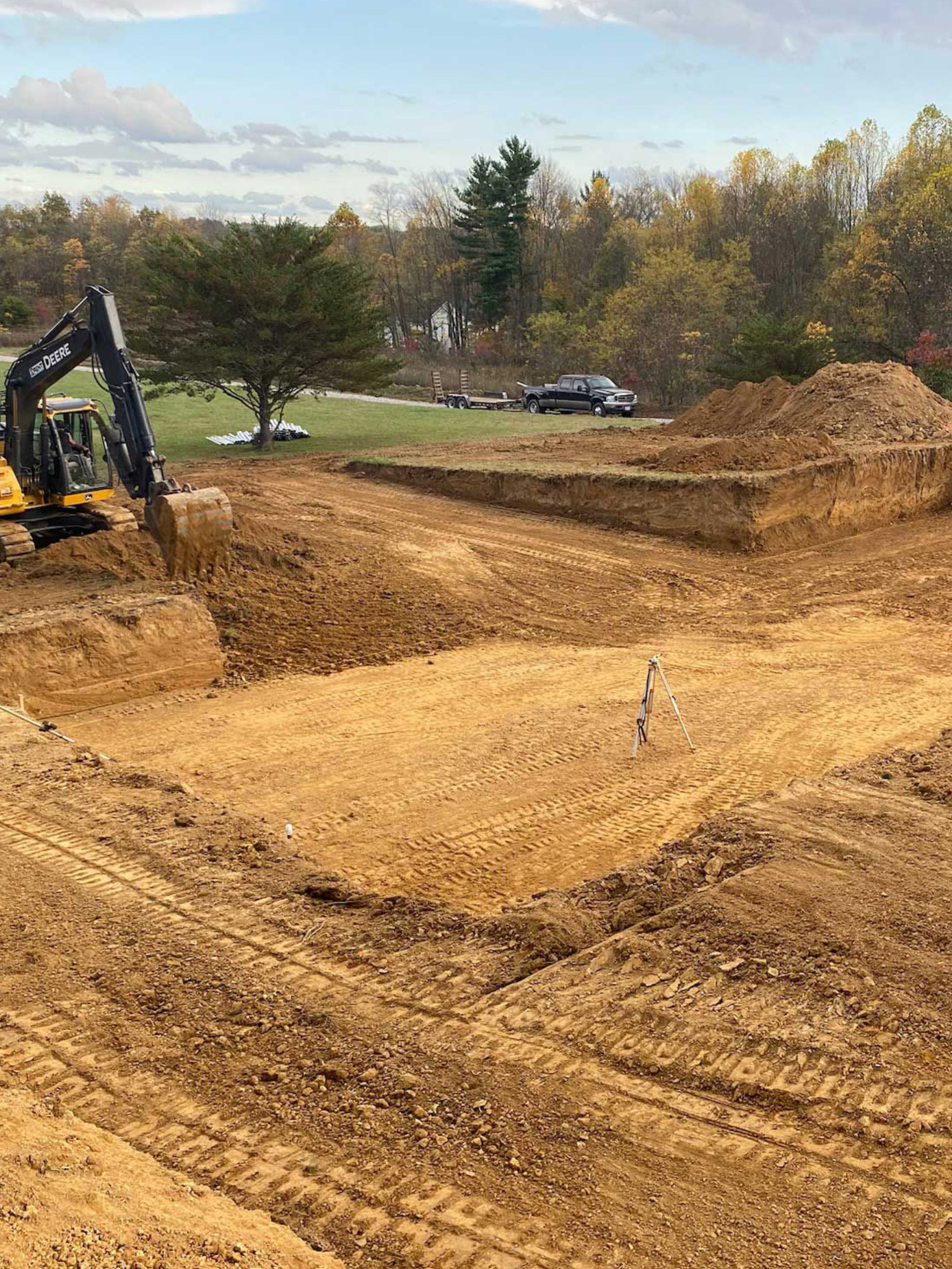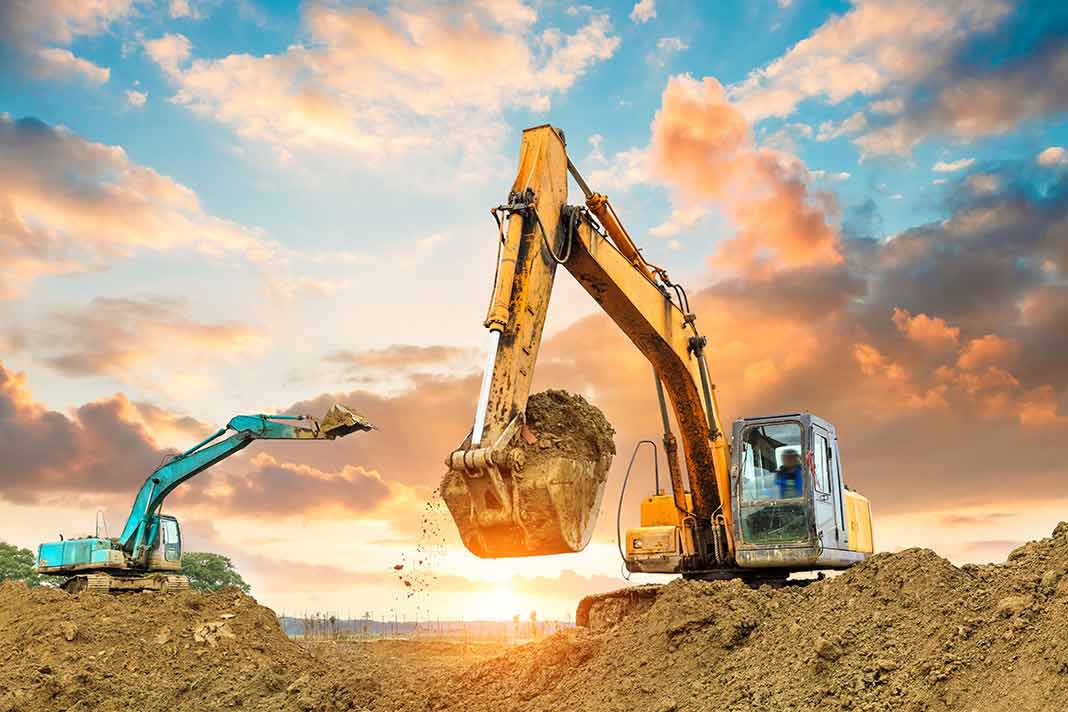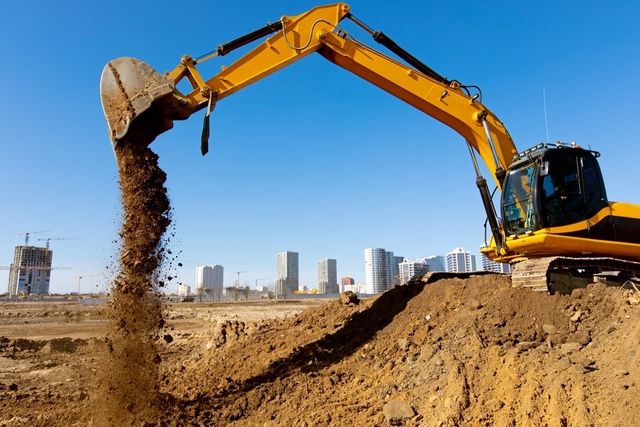Septic Ohio - Comprehensive Septic System Solutions in Ohio
Thorough Expedition: The Science Behind Superior Excavation Practices
The world of excavation techniques is a domain where science intertwines with craftsmanship to discover the mysteries concealed below the earth's surface. From old hand tools to modern hydraulic excavators, the development of excavation techniques has actually been a testament to human resourcefulness and technical advancements. What truly sets superior excavation practices apart is a deep understanding of geological concepts, paired with the application of sophisticated devices and methods. By checking out the science behind these methods, we can uncover the secrets that exist under our feet and value the precision and know-how that enter into every dig.
Advancement of Excavation Methods
Throughout history, the advancement of excavation methods has played a crucial duty beforehand construction techniques and archaeological discoveries. From the primary tools used by our forefathers to the advanced equipment utilized in modern times, the development of excavation techniques has actually substantially transformed just how we approach numerous jobs.
In ancient times, manual work with fundamental tools such as shovels, pickaxes, and wheelbarrows was the key approach of excavation. This labor-intensive process restricted the deepness and scope of excavations, commonly resulting in slow-moving progress and limited access to particular sites. Nevertheless, as worlds progressed, so did the devices and methods utilized for excavation.
The Industrial Change noted a turning point in excavation experiment the introduction of steam-powered machinery. This development changed the area, enabling faster and a lot more extensive excavations. In contemporary times, innovation plays an essential duty in excavation, with improvements like general practitioner systems, drones, and 3D scanning boosting accuracy and efficiency in the field. The evolution of excavation methods continues to shape the method we construct, discover, and recognize the globe around us.
Duty of Modern Technology in Excavation

The assimilation of innovative innovation has fundamentally changed the area of excavation, enhancing accuracy and performance to unmatched levels. Among the essential technological innovations that has significantly influenced excavation methods is the usage of GPS systems. These systems enable specific mapping of excavation sites, enabling drivers to accurately situate below ground utilities and frameworks. Furthermore, the use of telematics in excavation equipment has actually allowed real-time monitoring of equipment efficiency, resulting in proactive upkeep and enhanced functional efficiency.
Additionally, the arrival of 3D modeling and simulation software application has structured the planning process for excavation jobs. Drivers and engineers can currently visualize the entire excavation procedure prior to damaging ground, identifying prospective obstacles and optimizing process. Combined with this, the application of drones in excavation activities has actually promoted airborne studies, volumetric measurements, and site review evaluations with unequaled rate septic ohio and precision.
Geological Concepts in Excavation
An understanding of geological concepts is important for ensuring the architectural honesty and stability of excavation sites. Geological variables play an essential role in establishing the expediency and safety of excavation tasks.
In addition, the geological structure of the area, including mistakes, cracks, and rock formations, must be very carefully assessed to determine prospective risks and obstacles. Digging deep into near geological fault or unpredictable rock formations can lead to instability and prospective hazards. By performing complete geological surveys and analysis, designers and excavators can create methods to minimize threats and make sure the effective completion of excavation projects. Eventually, integrating geological concepts into excavation techniques is critical for accomplishing secure, efficient, and lasting results.

Latest Devices for Excavation
In the world of excavation techniques, modern technologies in devices have actually reinvented the effectiveness and precision of excavation processes. One of the latest devices making waves in the sector is using drones furnished with sophisticated imaging innovation. These drones can offer detailed airborne studies of excavation websites, providing real-time data on topography and possible threats. This details aids in better planning and decision-making throughout the excavation procedure.
One more cutting-edge tool obtaining popularity is the implementation of 3D printing modern technology for developing custom excavation equipment. This allows for the production of specialized tools that are tailored to the particular requirements click here to read of a project, raising efficiency and reducing downtime.
In addition, innovations in products science have caused the advancement of more powerful and much more sturdy excavation tools. lancaster trenching. Tungsten carbide-tipped excavator attachments, for instance, deal remarkable performance in difficult ground conditions, improving productivity on-site
Scientific research's Influence on Excavation Practices

Additionally, clinical research on dirt auto mechanics and geotechnical engineering has supplied useful understandings into soil habits, permitting excavation experts to make enlightened decisions relating to excavation approaches and dirt stabilization methods. On the whole, scientific research continues to drive development and enhancement in excavation techniques, making excavation projects a lot more efficient, cost-effective, and sustainable.

Final Thought
In final thought, the development of excavation methods has been significantly influenced by advancements in modern technology and a deeper understanding of geological concepts. The most current tools and equipment made use of in excavation have actually boosted effectiveness and accuracy in the field. The application of clinical understanding has significantly enhanced excavation techniques, resulting in a lot more sustainable and effective approaches for excavating numerous sorts of products.
In the realm of excavation methods, contemporary innovations in devices have actually reinvented the effectiveness and precision of excavation processes. By leveraging clinical concepts, the excavation market has been able to significantly boost effectiveness, accuracy, and safety in excavation procedures. GPR enables excavation teams to non-invasively scan and map subsurface frameworks, utilities, and potential threats, allowing them to plan excavation projects with better precision and reduced threat of mishaps.
Additionally, clinical research study on soil technicians and geotechnical engineering has supplied important understandings right into soil actions, enabling excavation professionals to make enlightened decisions regarding excavation approaches and soil stablizing methods. Overall, scientific research continues to drive advancement and improvement in excavation techniques, making excavation jobs extra effective, affordable, and lasting.